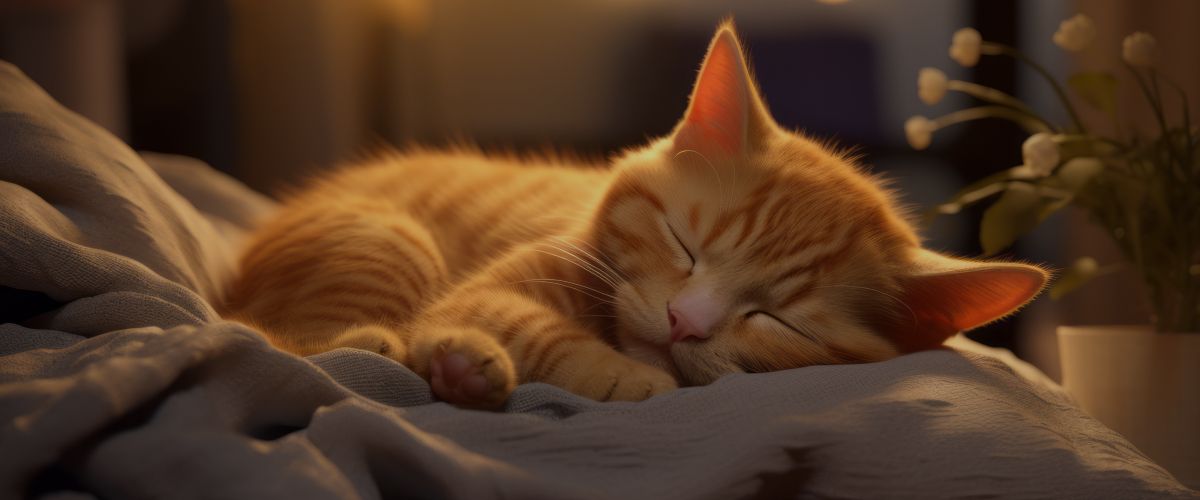Learn about Himalayans
Himalayan cats, affectionately known as “Himmies,” are a captivating blend of Persian and Siamese breeds, admired for their striking appearance and gentle temperament. With their long, silky coats, piercing blue eyes, and color-point markings, Himalayan cats are a favorite among feline enthusiasts. This article dives into everything you need to know about Himalayan cats—from their origins and personality to grooming tips and health considerations.
Origin and History of the Himalayan Cat
The Himalayan cat was first developed in the 1930s through crossbreeding Persian cats with Siamese cats. The goal was to combine the Persian’s luxurious coat and calm demeanor with the Siamese’s elegant color points and vivid blue eyes. Officially recognized by cat associations like the Cat Fanciers’ Association (CFA) in the 1950s, Himalayan cats quickly gained popularity and continue to be a top choice for cat lovers seeking beauty and companionship.
Physical Characteristics
Himalayan cats are medium to large in size, with a stocky, muscular build. They have a signature “doll-face” or flat-face look, depending on breeding lines. Their most distinguishing features include:
- Color-point fur : Darker coloration on the ears, face, paws, and tail.
- Blue eyes : Striking sapphire-blue eyes inherited from their Siamese lineage.
- Long, thick coat : Requires regular grooming to prevent matting.
Common color points include seal, chocolate, blue, lilac, flame, and cream.
Temperament and Personality
Known for their sweet, affectionate, and calm nature, Himalayan cats are ideal indoor companions. They are gentle and friendly, often forming strong bonds with their human families. Unlike some more independent breeds, Himmies enjoy being around people and will often follow their owners from room to room. They’re generally quiet but may express themselves with soft, melodic voices when they want attention or food.
Grooming and Care Needs
Due to their long, dense coats, Himalayan cats require daily grooming to prevent tangles and matting. Regular brushing helps reduce shedding and keeps their fur in top condition. Additionally, their flat faces can lead to tear staining and other facial hygiene issues, so it’s essential to clean their eyes and face frequently.
Other care tips include:
- Keeping their litter box clean to avoid staining their coat.
- Feeding a high-quality diet to maintain healthy skin and fur.
- Regular vet checkups to monitor for breed-specific health issues.
Health Considerations
Himalayan cats can be prone to several genetic health problems, including:
- Polycystic Kidney Disease (PKD)
- Respiratory issues due to brachycephalic (flat-faced) structure
- Dental problems
Responsible breeders screen for these conditions, so it’s important to adopt from a reputable source.
Is a Himalayan Cat Right for You?
If you’re looking for a low-energy, loving, and visually stunning companion, a Himalayan cat might be the perfect match. They thrive in calm, indoor environments and love spending time on laps or lounging in cozy spots around the home. Their maintenance needs are higher than short-haired breeds, but their affectionate personality and beauty make the extra care worthwhile.
Conclusion
Himalayan cats combine the best traits of Persians and Siamese cats, making them one of the most beloved and elegant breeds today. With their endearing personalities and show-stopping looks, they’re a wonderful addition to any household prepared to meet their grooming and health needs. Whether you’re a first-time cat owner or an experienced feline fancier, a Himalayan cat can bring joy, companionship, and a touch of luxury to your life.
The post Learn about Himalayans appeared first on Angelpaw.







